
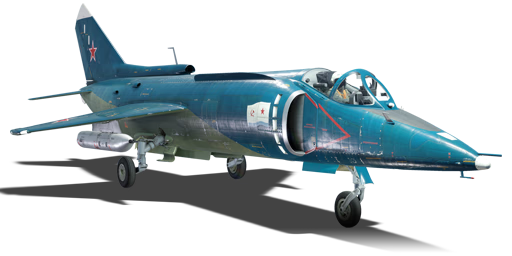


During the late 1960s, Yakovlev Design Bureau set out to build the Soviet Union's first VTOL fighter, after witnessing the success of the Hawker P.1154 VTOL testbed from Great Britain. Initially lacking funding for research and development of proper VTOL technology, Yakovlev presented the Yak-36 created with what little they had. The Yak-36 was a failure by most metrics, with only four built and only one performing VTOL flight, which later crashed in testing. However, to Yakovlev it was a massive success, as this design convinced the Soviet government to fund the development of a proper Soviet VTOL program. Yakovlev presented a supersonic design with swivelling nozzles similar to those found on the Harrier family, but this was deemed too complex and expensive. Instead, the Soviet government ordered a simpler, cheaper VTOL aircraft primarily for naval operation aboard their new Project 1143 Heavy Aircraft Cruisers. This new aircraft would be limited in speed to Mach 0.95, and would function as both a fleet defence fighter, armed with air-to-air missiles for interception, and also as a naval strike fighter, carrying a multitude of both guided and unguided ordnance. Yakovlev OKB got to work, and on September 22nd, 1970, the first prototype of the Yak-38 performed its maiden flight. However, with new technology came many problems, and the Yak-38 would be plagued by an unacceptable amount of issues, which took many years to fix, before the Yak-38 officially entered service six years later in 1976.
The Yak-38 was introduced as a premium pack in Update "New Power" but was removed from the store after the 2022 Summer sale. The aircraft returned on the 22nd of September 2023 for the 52nd anniversary of its maiden flight as a premium purchasable using GE. Being a VTOL aircraft (Vertical Take-Off and Landing), the Yak-38 can perform stationary flight, offering new gameplay possibilities compared to conventional jet aircraft. However, like its tech tree equivalent, the Yak-38M, it is seriously underwhelming in conventional flight performance. However, what it lacks in flying is compensated by the powerful ordnance this aircraft can carry. It is armed with the formidable R-60 air-to-air missile, and its ground striking ordnance is no slouch either, with a selection of rocket pods, bombs, gunpods, and even the Kh-23M guided air-to-ground missile. All in all, this aircraft's play style serves more as a stepping stone, teaching the player how to work with a sub-optimal airframe that relies completely on its strong weapons to to well, as all other Yakovlev VTOL aircraft work with the same principle.
flaps
flaps
flaps
brake
| Belt | Belt filling | Armor penetration (mm) at a distance: | |||||
|---|---|---|---|---|---|---|---|
| 10 m | 100 m | 500 m | 1000 m | 1500 m | 2000 m | ||
| HEFI-T/AP-I/HEF-I | 31 | 29 | 21 | 15 | 10 | 7 | |
| HEF-I/AP-I/AP-I/AP-I | 31 | 29 | 21 | 15 | 10 | 7 | |
| HEFI-T/HEF-I/HEFI-T/HEF-I/AP-I | 31 | 29 | 21 | 15 | 10 | 7 | |
| AP-I/HEF-I/HEF-I | 31 | 29 | 21 | 15 | 10 | 7 | |
| Name | Weight | Slot | ||||
|---|---|---|---|---|---|---|
| 43.5 kg |  |  |  |  | ||
| 16 × | 132.2 kg |  |  |  |  | |
| 32 × | 269.3 kg |  |  | |||
| 20 × | 376 kg | 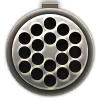 |  | |||
| 235 kg | 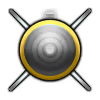 |  |  |  | ||
| 289 kg | 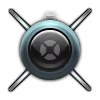 |  | ||||
| 3 × | 342 kg | 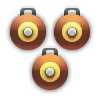 |  | |||
| 250 kg |  |  |  |  | ||
| 478 kg |  |  | ||||
| 374 kg |  |  | ||||
| 163.8 kg |  |  |  |  | ||
| Delta-NG targeting pod | 20 kg |  | ||||
| 114 kg |  |  | ||||







 2 x (110 / 325 / 600) %
2 x (110 / 325 / 600) % 
 2 x 220 %
2 x 220 % 

Flight performance |
|---|
Survivability |
|---|
Weaponry | |||
|---|---|---|---|